
Adobe today announced Firefly Services, a set of over 20 new generative and creative APIs, tools and services.
Firefly Services makes some of the company’s AI-powered features from its Creative Cloud tools like Photoshop available to enterprise developers to speed up content creation in their custom workflows — or create entirely new solutions.
In addition, the company also today launched Custom Models, which allows businesses to fine tune Firefly models based on their assets.
Custom Models is already built into Adobe’s new GenStudio.
In addition to these AI features, Firefly Services also exposes tools for editing text layers, tagging content and applying presets from Lightroom, for example.
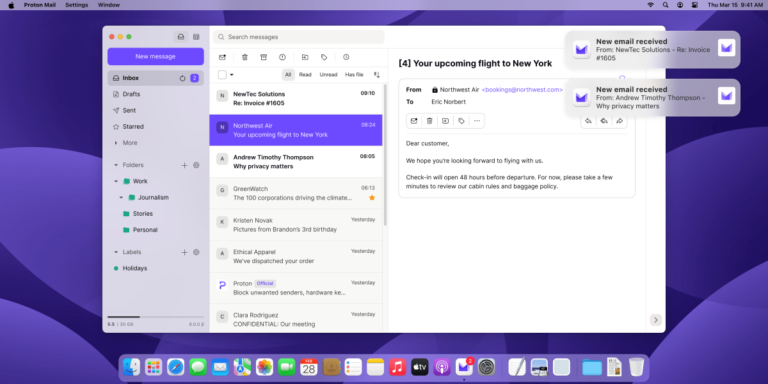
Proton Mail, the end-to-end encrypted (E2EE) email service from Swiss company Proton, is now officially available via a dedicated desktop app some three months after debuting in beta.
However, despite previous claims that the client would be available to all Proton Mail users in early 2024, the company has decided to restrict it to paying users.
In related news, Proton is also making its email service available via a standalone Linux desktop app, launching today in beta.
It’s worth noting that while Proton Mail has been available to desktop users from the company’s inception, initially through the browser and more recently a “bridge” which opened up access to Proton Mail through third-party desktop clients such as Apple Mail and Outlook, today’s news brings a dedicated Windows and MacOS app to the fray.
This means that emails can be cached and accessed when offline, while users can funnel into Proton Mail directly from the MacOS dock or Windows Start menu.
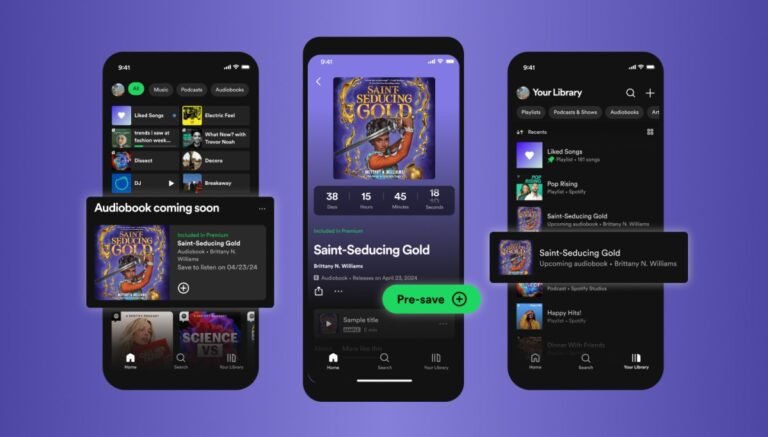
Spotify is enhancing its audiobooks streaming service with a feature that may be familiar to the app’s music consumers: Countdown Pages.
For audiobooks, the Countdown Pages will allow Spotify’s users to pre-save books ahead of their release.
With the addition of the new Countdown Pages feature, Spotify hopes to grow the service’s adoption further by tapping into its larger global user base of over 600 million listeners.
Otherwise, Spotify’s free users can now opt into a standalone audiobooks subscription for $9.99 per month, which debuted earlier this month.
Countdown pages for audiobooks will launch in all markets where Spotify’s audiobooks are available, including the U.S., U.K. Australia, Canada, Ireland and New Zealand.
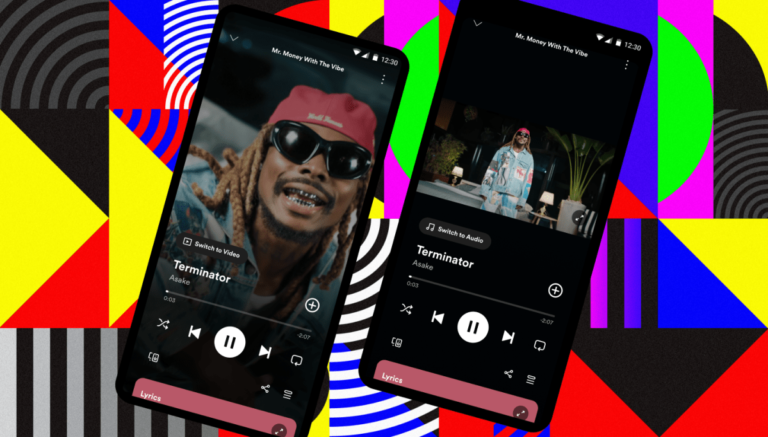
Here’s the full list of countries where you’ll find music videos starting today: Brazil, Colombia, Germany, Indonesia, Italy, Kenya, Netherlands, Poland, Philippines, Sweden and UK.
In addition to living in one of those countries, music videos also require an active premium subscription.
Instead of searching for music videos directly or browsing videos in a separate section of the app, music videos can be started from the “Now Playing” screen.
With music videos, Spotify is adding more video content to its app, beyond Clips (short videos of artists talking to fans) and Canvas (looping album artworks).
Apple Music also has music videos in a separate section on each artist page.

The much-teased and oft-leaked Nothing Phone (2a) is now officially official, just under a week after it made its limited debut at the company’s MWC after party.
Nothing’s third phone is the first that goes directly after the mid-tier/budget space, with a starting price of $349.
The phone is currently only available here for developers looking to integrate third-party apps with the light up “Glyphs” on the device’s back.
In the London-based firm’s home market, it’s available in both 8GB/128GB and 12GB/256GB models, running £319 and £319, respectively.
At 5,000 mAh, the battery is larger than the ones found on both the Phone (1) (4,500mAh) and Phone (2) (4,700 mAh).

TikTok is introducing a data portability API to help it comply with new European regulations designed to rein in Big Tech’s market dominance through various obligations and restrictions.
Data transfersData portability and interoperability constitutes a major part of the DMA regulations, and tech companies have been bolstering their efforts on this front for several years in preparation.
Thus the data portability API goes some way toward addressing that limitation, allowing third-party developers to build conduits for data to travel from TikTok to their own apps — if the user authorizes this.
Through the API, developers can request access to “all available data,” or individual categories including TikTok posts and profile data, activity, and direct messages (DMs).
The data portability API is available to applicants globally, but the developer must be able to demonstrate a “well-defined use case” before they will be approved.
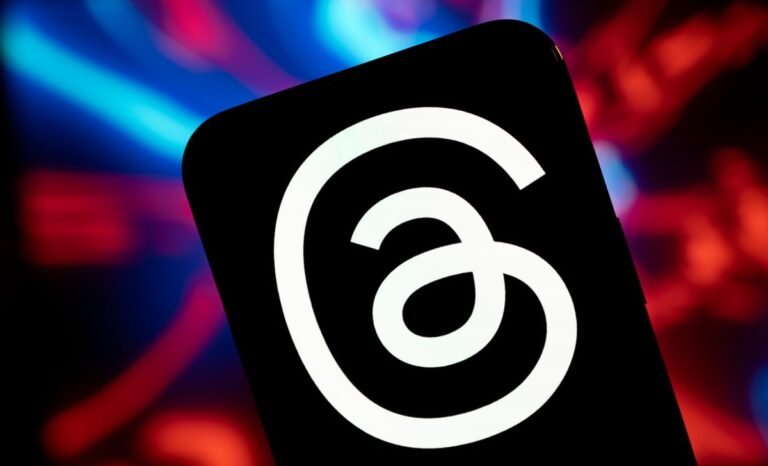
Threads says it will make its API broadly available by JuneMeta-owned social network Threads said today that it will make its API broadly available to developers by June.
Engineer Jesse Chen posted that the company has been building the API for the past few months.
The API currently allows users to authenticate, publish threads and fetch the content they post through these tools.
Last October, Instagram head Adam Mosseri first confirmed that the social platform is working on an API to enable third-party experiences.
While Meta has committed to adopting ActivityPub protocol for Threads and joining the fediverse, the company hasn’t spoken openly about allowing developers to build alternative Threads clients.
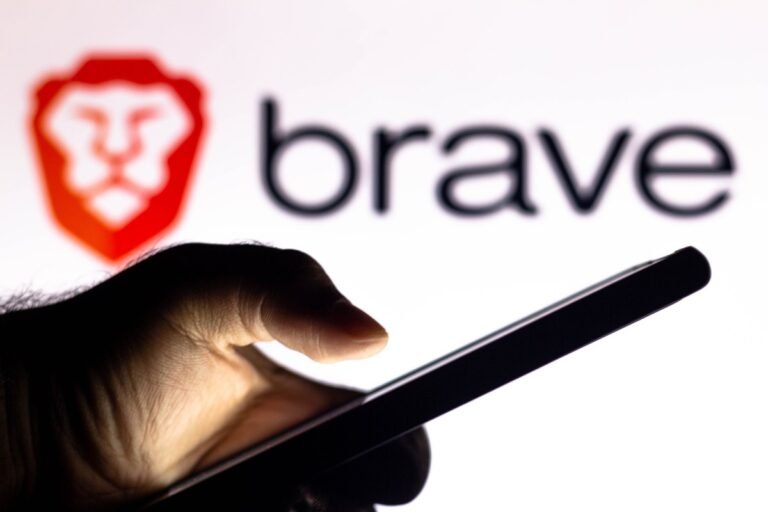
Brave is launching its AI-powered assistant, Leo, to all Android users.
The assistant allows users to ask questions, translate pages, summarize pages, create content and more.
With Leo, Brave is hoping its users won’t have to turn to ChatGPT or other popular LLMs for tasks and queries, and will instead use its service instead.
If you’re not seeing Brave Leo for Android yet, that’s because it will be rolled out in phases over the next few days.
Brave isn’t the only browser company to recently launch an AI assistant, as Opera launched an AI assistant called Aria last year.

YouTube Create, Google’s standalone mobile app aimed at creators, which helps them produce both Shorts and longer videos, is expanding to a broader set of markets after last fall’s launch into beta testing.
The idea behind Create is to offer video creators an easy-to-use suite of free tools for making videos on the go.
With Create, users can upload clips, split and trim videos, use effects, and access royalty-free music to complement their videos.
By offering a suite of tools just for YouTube creators, the company hopes to capture more of the market that prefers to use standalone tools for editing videos.
Starting today, the Create app is available in new markets including Argentina, Australia, Brazil, Canada, Finland, Hong Kong, Ireland, Netherlands, New Zealand, Spain, Taiwan, Thailand, and Turky.
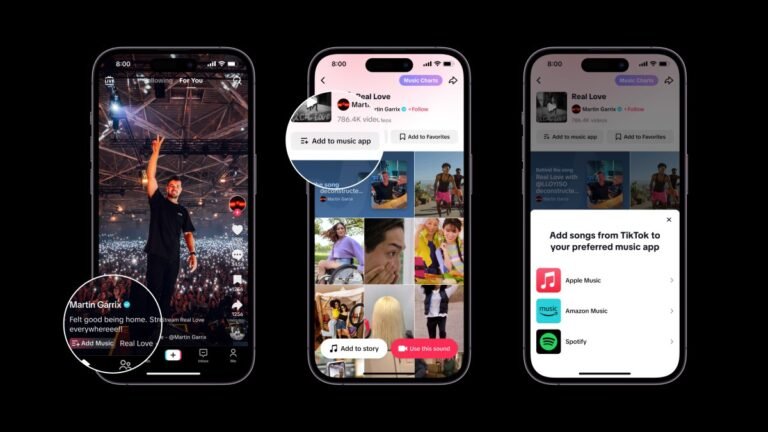
TikTok launches its ‘Add to Music app’ feature available in over 160 countriesTikTok announced today that it is launching its “Add to Music app” feature, which lets users add a song playing on a clip to services like Apple Music and Spotify, in 163 new countries.
The function lets users add the song to Apple Music, Amazon Music, and Spotify depending on the availability in the region.
They can tap on the button and select the music service of their choice the first time.
Last year, ByteDance launched its music service TikTok Music in Australia, Brazil, Mexico, Singapore, and Indonesia.
The company added it is is working on making the Add to Music App feature available to TikTok Music users soon.













